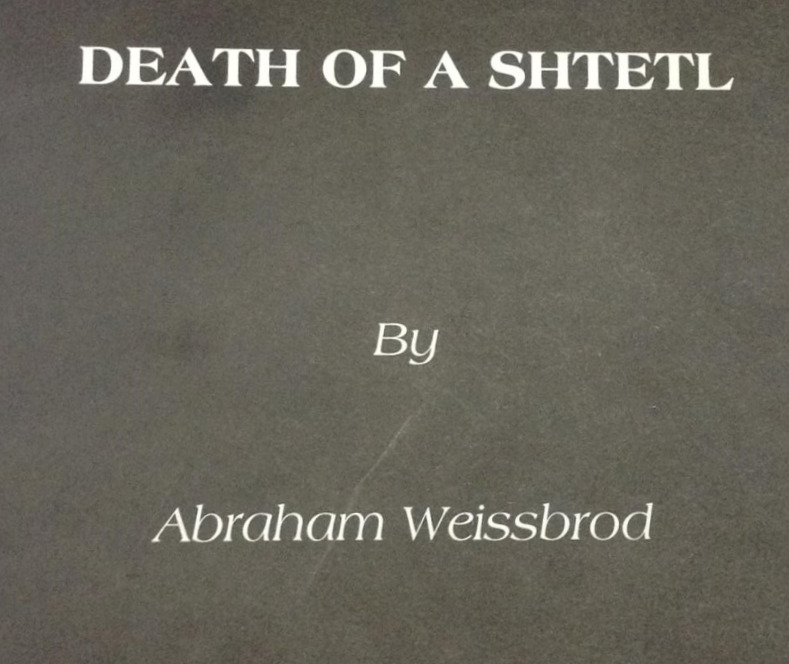Death of a shtetl
Item
Title
Death of a shtetl
Description
The khurbn of Polish Jewry is a bloody inscription in the martyrology of the Jewish people. Every city and shtetl in Poland where once Jewish life pulsated became, during World War II, the site of the greatest tragedy and martyrdom.
The Jewish cities and towns have died out.
They were destroyed and buried along with their Jewish lives, even along with their Jewish cemeteries. Now one cannot find even a trace or memory of a Jew in the small Polish towns. Only the tattered remnants of the khurbn, dispersed and wandering among strangers, in search of a home and a future, know the horrible details of towns which became slaughterhouses. Every individual who survived is a major living witness to the monstrous crime of the extermination of the Jews. Every individual shtetl is a monument for all time: a document of tragedy and sacrifice. Each collapsed hut, each foot of earth, each stone stained with Jewish blood shouts and asks: “WHY?!”
If and when we ever learn the tragic sum of the total destruction of the Polish-Jewish shtetl, each town would still have its own specific history: retain its individual path of pain, reflecting the diversity within the overall martyrology. The human suffering of that time is So boundless that when one attempts to recount it today, it seems to many almost inexplicable and unbelievable.
The Jewish cities and towns have died out.
They were destroyed and buried along with their Jewish lives, even along with their Jewish cemeteries. Now one cannot find even a trace or memory of a Jew in the small Polish towns. Only the tattered remnants of the khurbn, dispersed and wandering among strangers, in search of a home and a future, know the horrible details of towns which became slaughterhouses. Every individual who survived is a major living witness to the monstrous crime of the extermination of the Jews. Every individual shtetl is a monument for all time: a document of tragedy and sacrifice. Each collapsed hut, each foot of earth, each stone stained with Jewish blood shouts and asks: “WHY?!”
If and when we ever learn the tragic sum of the total destruction of the Polish-Jewish shtetl, each town would still have its own specific history: retain its individual path of pain, reflecting the diversity within the overall martyrology. The human suffering of that time is So boundless that when one attempts to recount it today, it seems to many almost inexplicable and unbelievable.
Creator
Abraham Weissbrod
